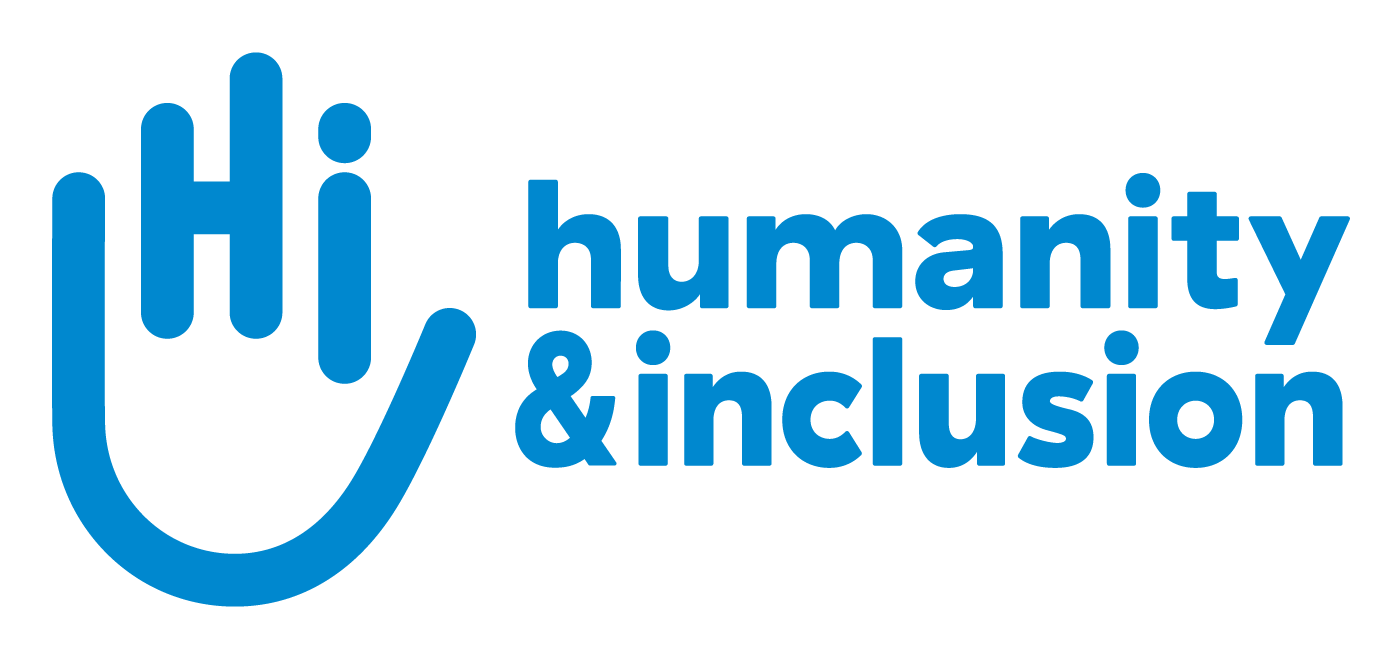Latest news
By country
By activity
- Rights (120)
- Emergency (647)
- Rehabilitation (464)
- Prevention (97)
- Inclusion (271)
- Health (190)
- Explosive weapons (337)
- Event (16)
- Covid-19 (5)
By publication date
In Bolivia, HI is supporting Hector, a child with autism, and his family 03/28/25
In El Alto, Maria devotes herself to her two sons, Mateo, 11, and Hector, 7, who has been diagnosed with mild autism, ADHD, and epilepsy. She works with him to build a bright future.
- Bolivia and Andean states
Powerful earthquake in Myanmar: HI assessments underway 03/28/25
A powerful 7.7-magnitude earthquake struck central Myanmar on Friday, March 28, according to the U.S. Geological Survey (USGS). HI, which is present in the country, is assessing the extent of the damage and preparing to intervene.
- Thailand
- Myanmar
In Uganda, Promise is now living life like any other child 03/24/25
Because of an untreated fracture, Promise lived through years of pain. With help from HI, he can now go to school and play with the other children.
- Uganda
7-year-old Elizabeth walks to a brighter future 03/20/25
Chantal lives in Uganda, where she is determined to see her daughter Elizabeth thrive. As part of a EU-funded project, HI’s teams have been supporting the young girl who can now walk on her own.
- Uganda
Maintaining the cold chain in emergencies: a challenge being met by Atlas Logistics 03/18/25
In humanitarian crises, a change of just one degree can determine a drug's irreversible loss of effectiveness.
- Ukraine
Inclusion of people with disabilities: Damien, a shoemaker in Cotonou, has big plans 03/18/25
Thanks to his energy and determination, Damien Falola has been able to fulfill his dream of setting up his own shoemaking business. He talks to us about his journey and the support he has received.
- Benin
Belvine, a teenager with disabilities, has plans for her future! 03/18/25
Belvine is an apprentice garment maker who loves to make pretty dresses. Thanks to the personalised support she has received, her state of health has improved and she has found her professional calling.
- Benin
In Madagascar, Fifaliana gains self-confidence thanks to her prosthetic leg 03/14/25
Fifaliana has been fitted with a prosthesis as part of HI's Liimba project. She would now like to find a job to continue her journey towards autonomy.
- Madagascar
The road to school for Gabriel, a 10 year-old boy living with cerebral palsy 03/12/25
Gabriel had long dreamt of going to school in the refugee settlement where he lives. Today, HI’s rehabilitation and inclusion teams have helped make his dream come true.
- Uganda
Raphaël: a young boy's pathway to learning to walk 02/28/25
Raphaël was born with partial paralysis and for a long time he was unable to walk. Today, he can walk, run, and get to school by himself. He is studying hard in the hope of becoming a doctor one day.
- Benin
Amid funding cuts, millions of people waiting for humanitarian aid 02/28/25
As humanitarian needs increase, public funding for international aid is decreasing. HI is committed to supporting people with disabilities and providing assistance to those who need it most.
- International
Behind the scenes: transporting humanitarian aid in Ukraine 02/27/25
Atlas Logistics, HI's operational unit, has been transporting vital supplies in the less accessible areas of Ukraine, sometimes less than 12 miles from the fighting.
- Ukraine
Live from Goma: life under high tension 02/18/25
Robert Muzuri Rugoheza, HI's mental health and psychosocial support project manager, talks about life in Goma today and the population's urgent needs.
- Democratic Republic of Congo
HI opens a prosthetic center in Hodeidah, Yemen 02/14/25
HI has opened a new prosthetics and orthotics center at the Al-Thawra Hospital in Yemen. It is designed to meet the physical rehabilitation needs of the entire Hodeidah Governorate.
- Yemen
Developing access to rehabilitation in Colombia 02/10/25
HI works in the north of the country, facilitating access to rehabilitation services for Colombians and for Venezuelan migrants. Matilde has received new crutches to make her daily life easier.
- Colombia


















